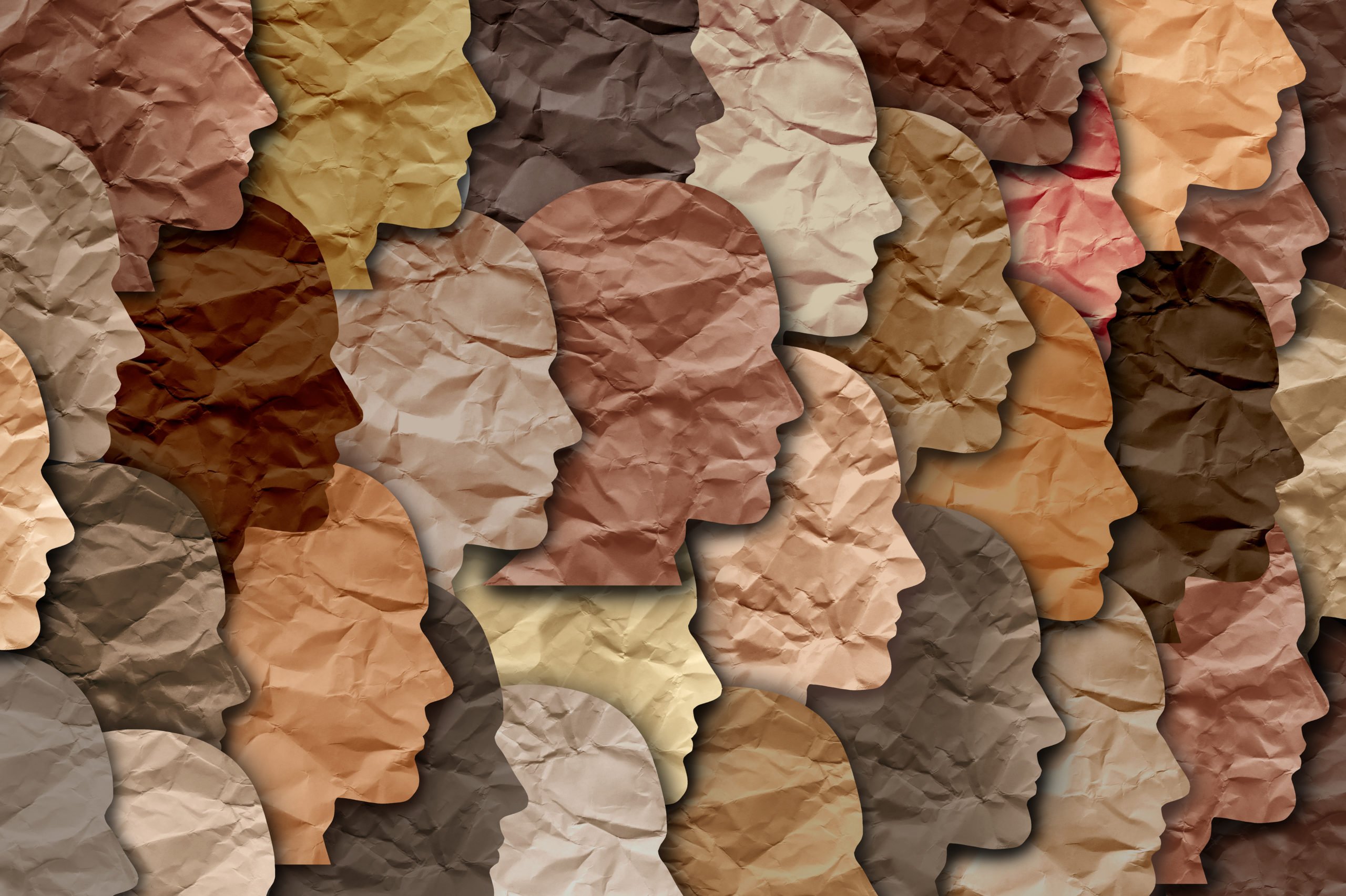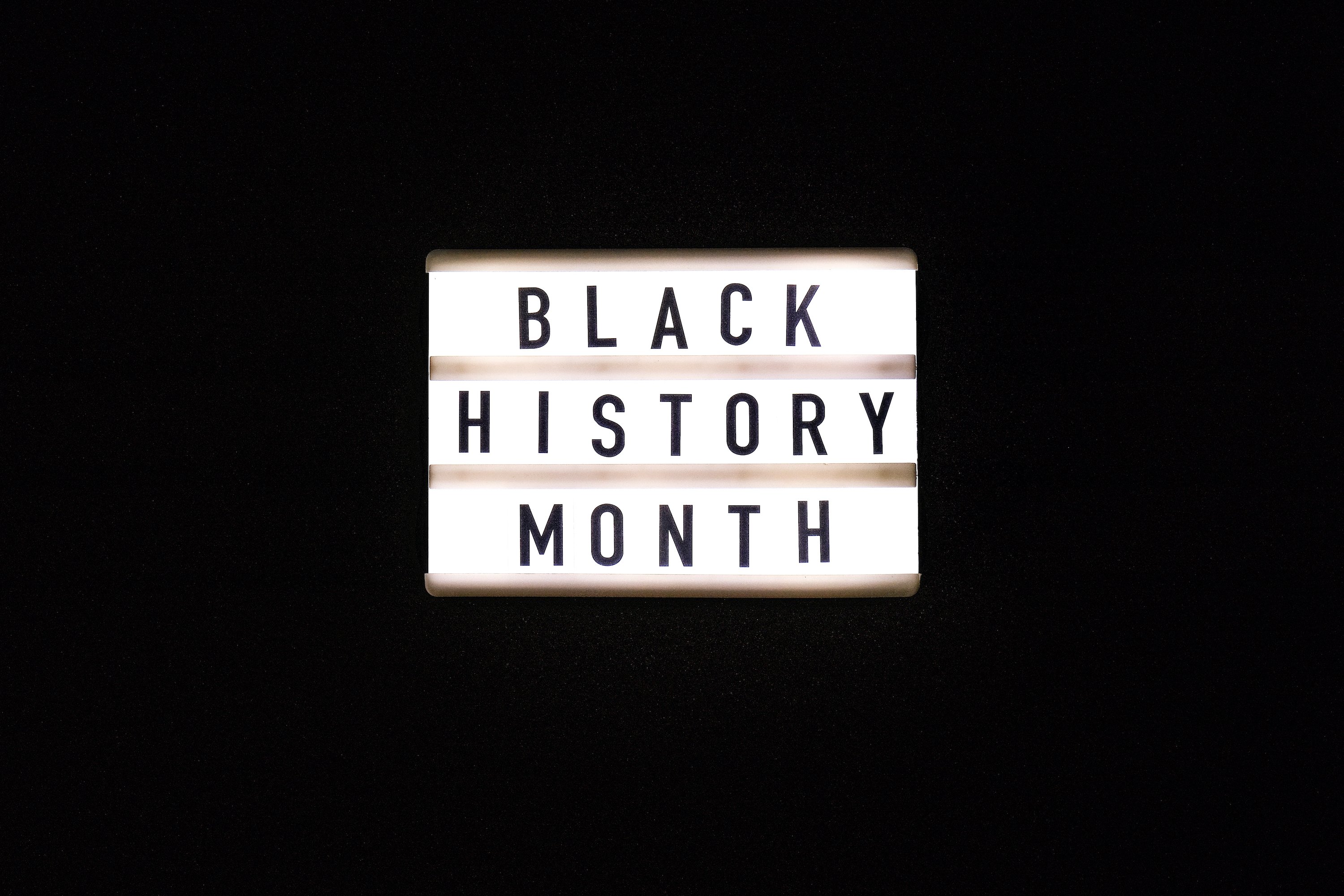The best way to celebrate Black History Month is to use it as a catalyst for positive, lasting...
Diversity and Inclusion

Atlanta, Georgia is an eclectic and diverse community, like many of the metropolitan cities in the United States. What is incredibly appealing about this city is the wonderful towns and neighborhoods that represent different cultures. These cultures have found their way into this metropolitan area creating a fusion of inclusion through restaurants, local markets, coffee shops, and more. From the World of Coke to the CNN Center, to the National Center for Civil and Human Rights, the Atlanta metro area is home to nearly six million people who define the diversity of this incredible city.
Tapping into the philanthropic spirit of the people in a city can be one of the biggest challenges non-profit organizations face today. Too often cities like Atlanta segregate into their comfort zones and people tend to stay with like-minded people. When everyone thinks the same, then there is a danger of group-think, rather than letting the diversity of disagreements refine the way organizations can work.
In the non-profit world, there is a gift that comes with diverse thinking, diverse being, and diverse temperaments. When the majority in any company look the same and think the same, leaders of the organization miss out on the benefits of diversity. Seeing diversity through a True Colors lens helps non-profit organizations become more flexible, adaptable, and relevant to the different communities they serve.
For example, one international non-profit organization in Atlanta looked around at their membership and realized that they were primarily drawing people who looked like them and thought like them. But, if they were ever to expand their membership and draw in more diverse people, they would need to start with changing their leadership attitudes towards different people.
For this organization, they had way too many fun-loving, energetic, and adventurous people who spent more of their time networking and engaging at parties with everyone that they were never able to organize themselves well enough to actually get things done. These are some of the stronger characteristics of a bright ORANGE temperament. What this organization needed was to add diversity to their team by inviting someone who had more strengths in the GOLD area of characteristics to help focus the work and to understand the legal ramifications that come with starting a non-profit entity.
Primary GREEN personalities’ way of seeing the world can benefit non-profit boards and leadership ranks who want to strategize and envision the future through research and evaluation data. Primary BLUES’ characteristics believe that the organization should be built on relationships. They value more of the stories that bring people together rather than the data that drives the investments. In reality, non-profit companies need the colorful gifts of GREEN, BLUE, ORANGE, and GOLD members to help balance the message, mission, vision, and focus of the work. That’s why it is critical to include the diversity of all the True Colors’ personalities as one builds a non-profit team. Each diverse perspective brings a set of skills that can be uniquely applied to the work that must be accomplished for new and established non-profit organizations and companies.
With so many cities, like Atlanta, facing the realities of diversity, True Colors can help Non-Profit leaders understand the differences. For 40+ years True Colors has helped global organizations discover how valuing differences can also create unity. By addressing temperament rather than race, gender, or political interests, participants can find commonalities that move beyond stereotypes. Schedule a consultation with True Colors today and help your non-profit become the best example of diversity and inclusion in your community.



